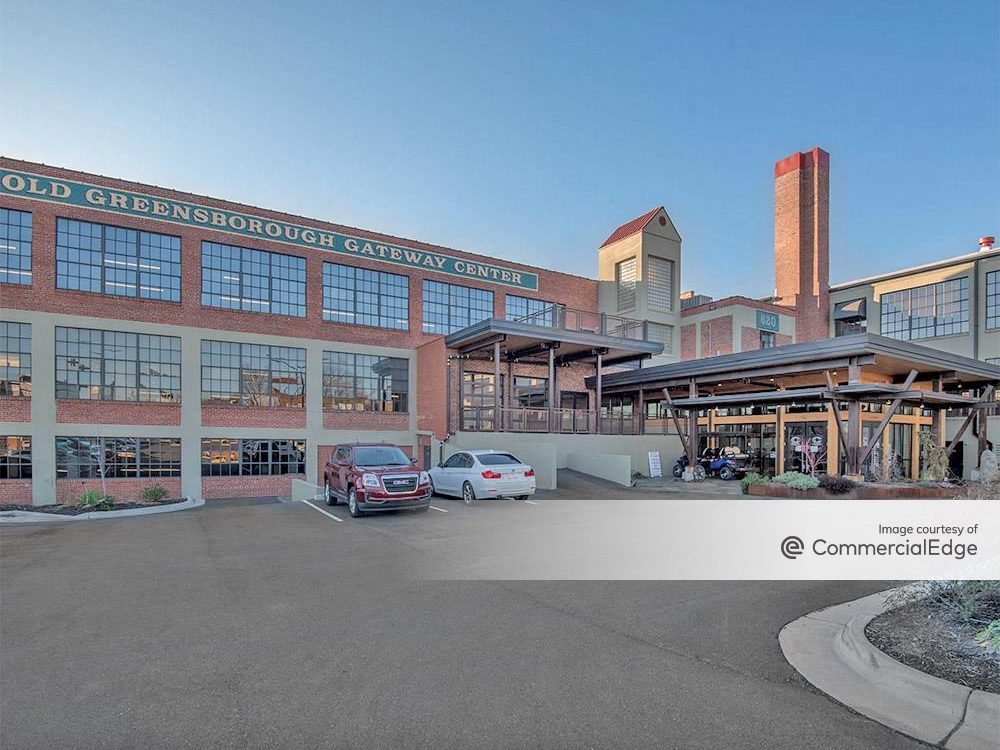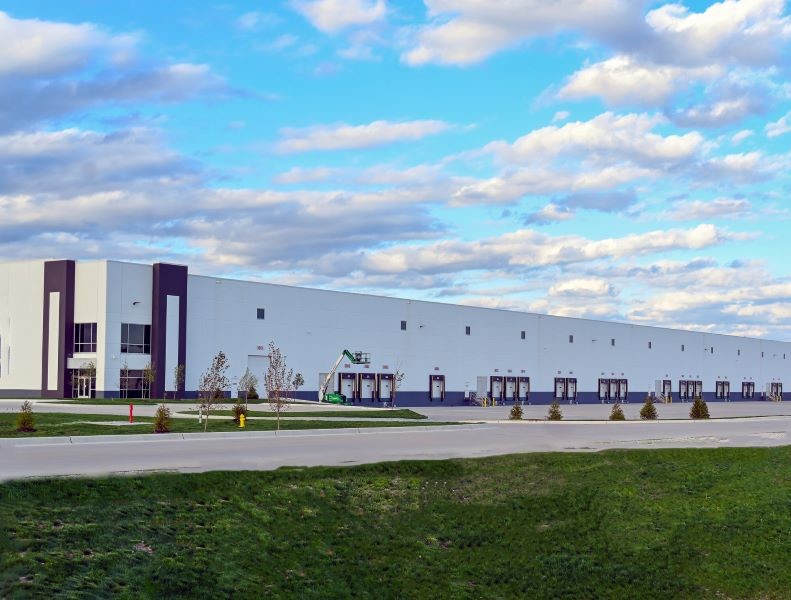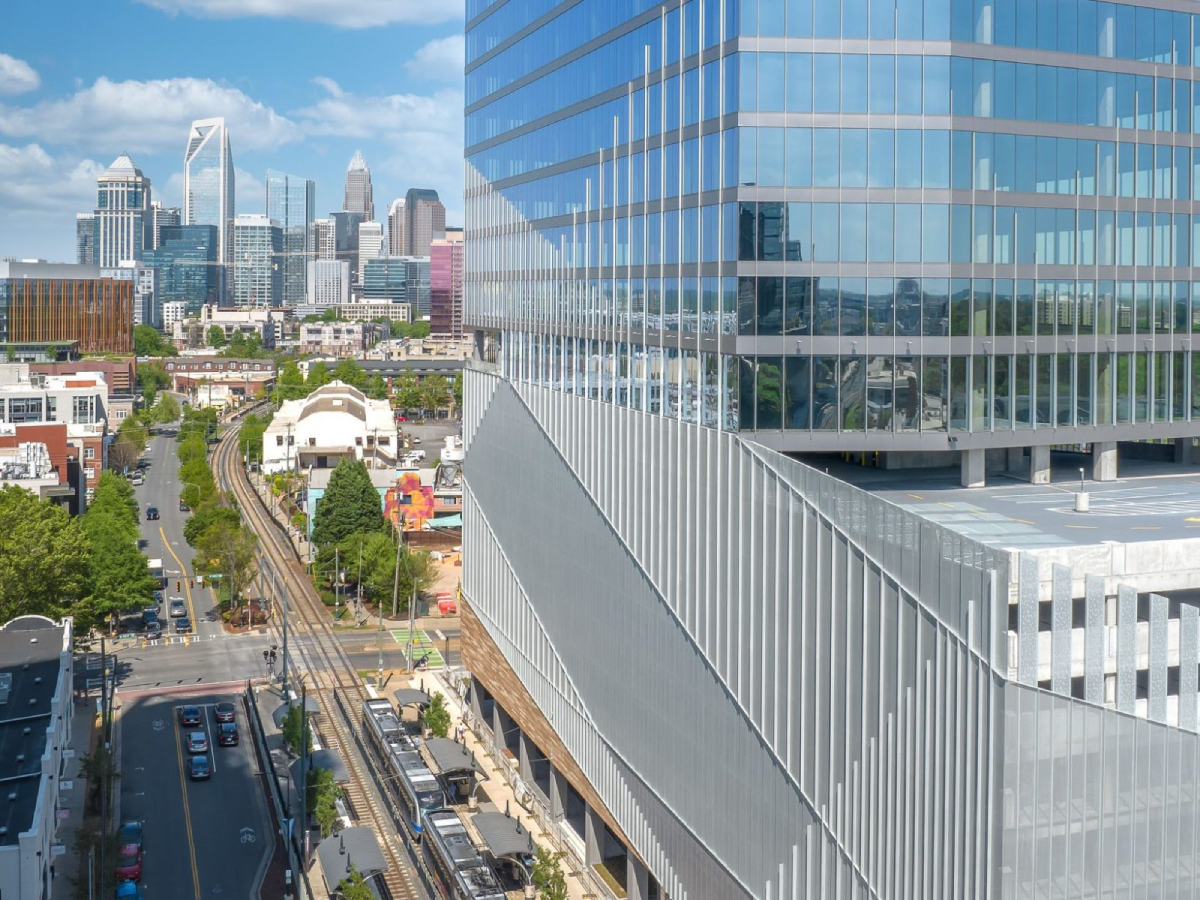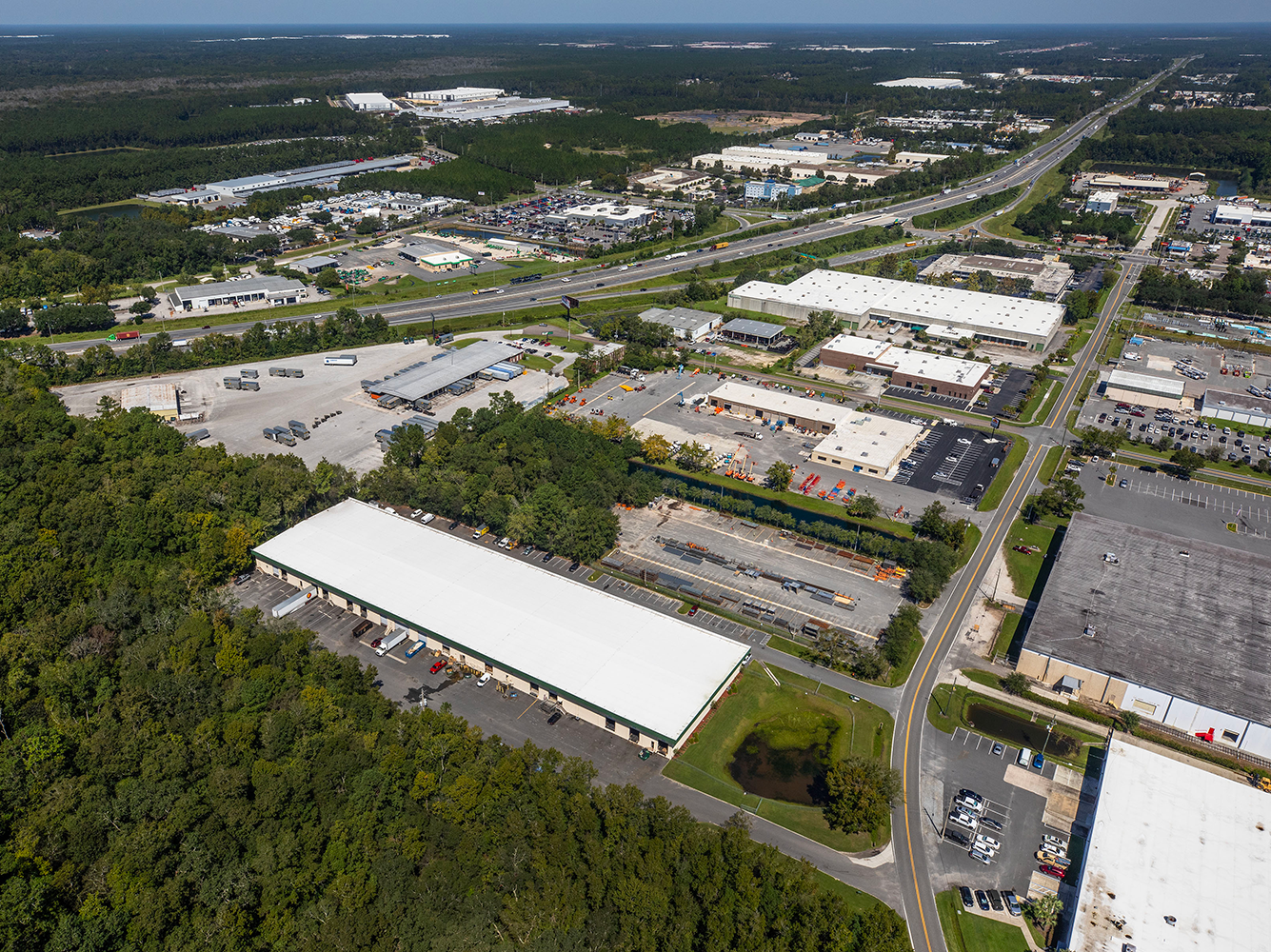Update: CBRE Global Investors Plans Upgrade of Newly Purchased 400 S. Hope
Trophy office assets in downtown Los Angeles are not easy to come by, but CBRE Global Investors has just gotten its hands on a big one, the 701,500-square-foot tower at 400 S. Hope St. And it has big plans to improve the asset's double-digit vacancy rate.
 By Barbra Murray, Contributing Editor
By Barbra Murray, Contributing Editor
Trophy office assets in downtown Los Angeles are not easy to come by, but CBRE Global Investors has just gotten its hands on a big one, the 701,500-square-foot tower at 400 S. Hope St. And it has big plans to improve the asset’s double-digit vacancy rate.
The asset last changed hands in 2005, when Tishman Speyer Properties’ Tishman Speyer Real Estate Venture VI fund acquired it for approximately $249 million. Various news reports cite a sales price of roughly $238.4 million for the recent trade of the property.
CBRE Global made the acquisition on behalf of the CBRE Strategic Partners U.S. fund series. “We bought the property at what we believe to be about 60 percent of what it would cost to build today,” Vance Maddocks, president of CBRE Strategic Partners U.S., told Commercial Property Executive. The players involved in the transaction have not disclosed the purchase price of what was previously known as the Mellon Bank Center, nor have they revealed whether or not the total cost included the assumption of existing debt. When Tishman bought the 26-story building seven years ago, it relied on a $171.5 million loan through JPMorgan Chase Bank N.A. to partially finance the acquisition.
But Strategic Partners has already mapped out a plan for 400 S. Hope, which was developed in 1982. The firm expects to boost the 81 percent occupancy level through a repositioning program that will include the addition of such coveted features as a ground-level restaurant. The company will also take the property to a new level of sustainability, and highlight the achievement with a U.S. Green Building Council LEED certification. But adding a dining option and increasing the green factor is just part of the agenda. Strategic Partners will also implement its signature 5-Star Worldwide amenity suite.
“Rebranding the building–there’s a lot to it,” said Maddocks. “We’re going to invest somewhere between $10 million and $20 million in this building and completely transform how it’s viewed by tenants in the marketplace. We basically try to create an environment people want to work in; it’s really that simple.”
A Hollywood makeover may make all the difference. The vacancy rate at 400 S. Hope is a bit above the overall office vacancy rate for downtown Los Angeles, which was 18.3 percent in the first quarter, as per a report by CBRE Group. The figure is shrinking but remains higher than the metropolitan Los Angeles average of 17.2 percent and the national average of 16 percent.
However, Strategic Partners is undeterred by the current numbers. “We absolutely believe that there will be enough demand,” Maddocks asserted. “You’re starting to see more interest in downtown from firms that are located elsewhere.” Chief among them is global architectural firm Gensler, which signed a lease for what will ultimately be 50,000 square feet at the 2.5 million-square-foot City National Plaza for the relocation of its headquarters from Santa Monica. “Generally, because of the work-live environment that’s available downtown and with everything being driven by employees, there will be (leasing) activity downtown.”
As per CBRE’s forecast, the downtown vacancy rate will drop to 13 percent over the next four years, accounting for about 1.2 million square feet of net absorption. With improving fundamentals, other investors are eager to get a piece of the pie, but opportunities for the acquisition of trophy office properties are slim. The sale of 400 S. Hope is a big deal in the downtown Los Angeles market; there was not a single comparable transaction in the first quarter of the year.
“We think we’re at the front end of what will likely be an increase in sales in downtown L.A. for three reasons,” Maddocks said. “One, just because of the positive momentum that downtown L.A. has at this point, and two, the general interest in the gateway cities. And third would be that as you come out of a financial crisis like we went through over the last couple of years, there’s always the transitioning of assets that takes place, and you’re starting to see that in markets like Seattle and San Francisco, and we believe it will make its way to Los Angeles.”







You must be logged in to post a comment.